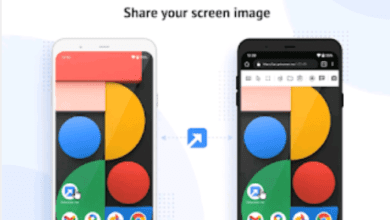the Marvels of Brain-Computer Interfaces (BCIs)

Brain-Computer Interfaces (BCIs) stand as a testament to human innovation and the potential of merging biology with machinery.
BCIs represent a groundbreaking advancement in neuroscience and engineering, enabling direct communication between the brain and external devices.
Here, we explore the wonders of BCIs and how they are reshaping our understanding of human-computer interaction and the future possibilities they hold.
1. Mind-Controlled Devices
BCIs allow individuals to control various devices using their thoughts. From wheelchairs to robotic arms, BCIs empower people with disabilities, granting them newfound independence.
2. Restoring Lost Sensory Functions
BCIs have the potential to restore lost sensory functions. For instance, they can help blind individuals “see” by translating visual information into tactile or auditory signals.
3. Enhancing Cognitive Abilities
BCIs are being researched to boost cognitive functions, such as memory and attention. This could revolutionize education and therapies for conditions like ADHD.
4. Facilitating Communication
BCIs enable individuals with severe speech and motor impairments to communicate. By translating brain signals into text or speech, BCIs provide a voice to those who were previously unable to express themselves verbally.
5. Revolutionizing Gaming and Entertainment
BCIs are making waves in the gaming industry, allowing players to control characters and actions using their thoughts. This immersive experience is a glimpse into the future of interactive entertainment.
6. Advancing Medical Research
BCIs are vital tools in medical research, providing insights into brain function and neurological disorders. Researchers use BCIs to study brain patterns, paving the way for innovative treatments and therapies.
7. Aiding Rehabilitation
BCIs are used in rehabilitation programs for stroke survivors and individuals with spinal cord injuries. By retraining the brain through neurofeedback, BCIs help patients regain lost motor functions.
8. Exploring Virtual Reality
BCIs enhance virtual reality experiences by allowing users to interact with virtual environments using their thoughts. This seamless integration creates a more immersive and interactive VR experience.
9. Facilitating Remote Communication
BCIs enable remote communication by allowing users to control avatars in virtual spaces. This has implications for telecommuting, virtual meetings, and online social interactions.
10. Potential for Mind-Body Integration
BCIs hold the potential for mind-body integration, where individuals can control prosthetic limbs or robotic exoskeletons with unprecedented precision, blurring the lines between human and machine.
FAQs
Are BCIs safe to use, and do they have any side effects?
BCIs undergo extensive testing to ensure safety. While they are generally safe, like any medical device, they carry some risks. Side effects are usually minimal and vary based on the specific application and individual factors.
Can BCIs read people’s thoughts and invade privacy?
BCIs can detect brain activity related to specific actions or commands, not random thoughts. Privacy concerns are addressed through strict data protection measures and user consent.
Are BCIs accessible to everyone, or are they limited to medical use?
Initially developed for medical purposes, BCIs are evolving for broader applications. However, widespread accessibility depends on factors like cost, regulatory approvals, and the specific purpose of use.
How fast is the progress in BCI technology, and what can we expect in the near future?
BCI technology is advancing rapidly. Expectations include more precise control, enhanced compatibility with everyday devices, and further integration into healthcare and assistive technologies.





